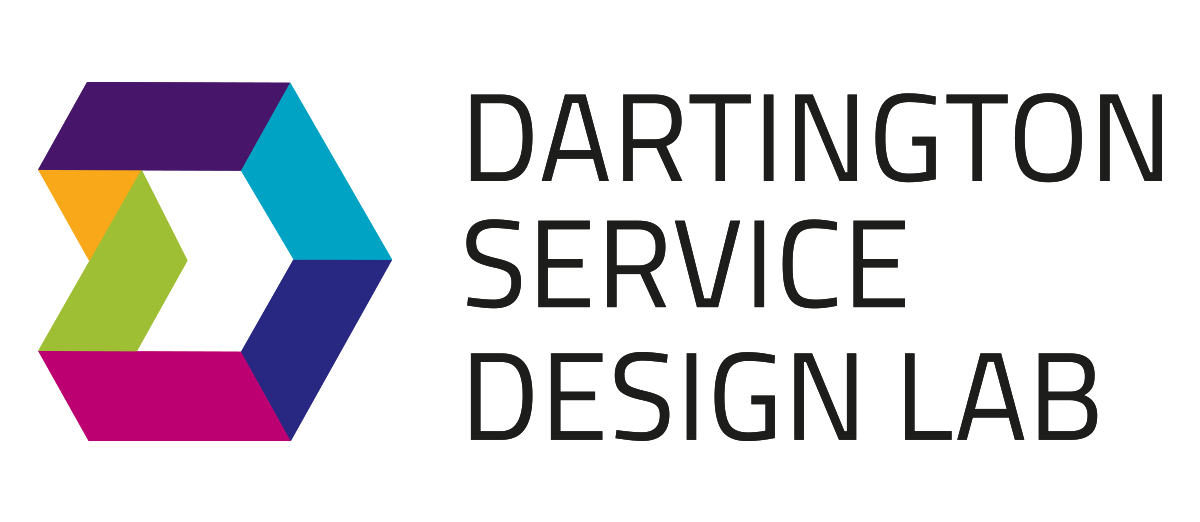Connecting Families: Sprint Notes from Discover
Communications and Design Manager | @tweetssavepaper
WHAT DID WE DO?
Reviewed the wider literature on reaching digitally excluded families, to make sure our understanding of the problem and the prototypes we create build on the best available evidence.
Interviewed five experts on reaching digitally excluded families
Held a workshop with a number of organisations in the wider early years sector to understand the different opportunities and challenges associated with reaching these families.
Held 'Becoming a Researcher' session to set up the five partners for interviewing their families and staff
Created a package of helpful research material for the five partners, covering interview ‘dos and don’ts’, how to get consent, and how to record quotes and insights.
The five partners then took this away to each interview four families and two practitioners each.
WHAT HAVE WE LEARNT?
Some online tools can have wider benefits for our partners. Some of the charities had never used doodle polls before, but they've since introduced these to, and embedded them within their wider team.
Other tools have a steeper learning curve. We proposed using Miro to the five partners as a way for them to record insights from their interviews with families, but the partners weren't feeling it as much. They preferred using tools they were more familiar with, like Word and Excel, for more complex tasks like data input.
We needed to be prepared to adapt our interview structure with our experts. The people we spoke to had such varied and vast experience that the questions we had developed beforehand needed adapting as the conversation evolved. Here are some of our favourite learning quotes:
“We all have our own style – we unpick it and apply it. We did some training as a team and early on we had a lot of conversations about things we can do to feel like it's OUR Zoom space.”
“We had to re-dissect how a normal face-to-face meeting would go and put that through a digital lens. So I used things like music ... other techniques and sensory things that we can do, like asking everyone to get a hot mug and put their hands around it. What works for some and what works for others is very different.”
"We’ve had to think about what are the wider consequences of encouraging people to go onto other devices. If you show people how to be safe on Zoom, and get the confidence to join you, they’re also getting the confidence of joining the wider online world."
"It’s about letting referrers know what pieces of info you need to hit the ground running regarding support.”
It's difficult to work in the open! We found that the process of sharing our learning in an open way to be quite a vulnerable experience, and requires you to feel psychologically safe to share something that may not be "perfect". Other time and work pressures have been a barrier to open working too. That said, we are taking steps to find ways of sharing learning as we go internally to make sharing externally (via sprint notes and blogs!) much easier.
Our work matters! We had someone reach out to us and ask to share some of their own findings on digital exclusion after hearing about our work via the blog. It proved to us that working in the open is powerful and that our work is having an impact beyond the scope of the project, which is our intention.
Quelling nervousness is important. We’re conscious that we’re moving very quickly and using tools, methods and ways of working that might be pretty unfamiliar to some of the five partners. In our upcoming workshops, we’re going to take things a bit slower and provide more space for sharing and talking through problems and fears, to make sure everyone feels as safe and confident with what’s coming next.
WHAT HAPPENS NEXT?
Our next sprint is DEFINE. We’ve got one week to pull all of our research together and create some initial ideas for prototypes with the five partners – a sprint in every sense of the word! We’ll be working together across two full days. Stay tuned for our next round of sprint notes to see what we create.
